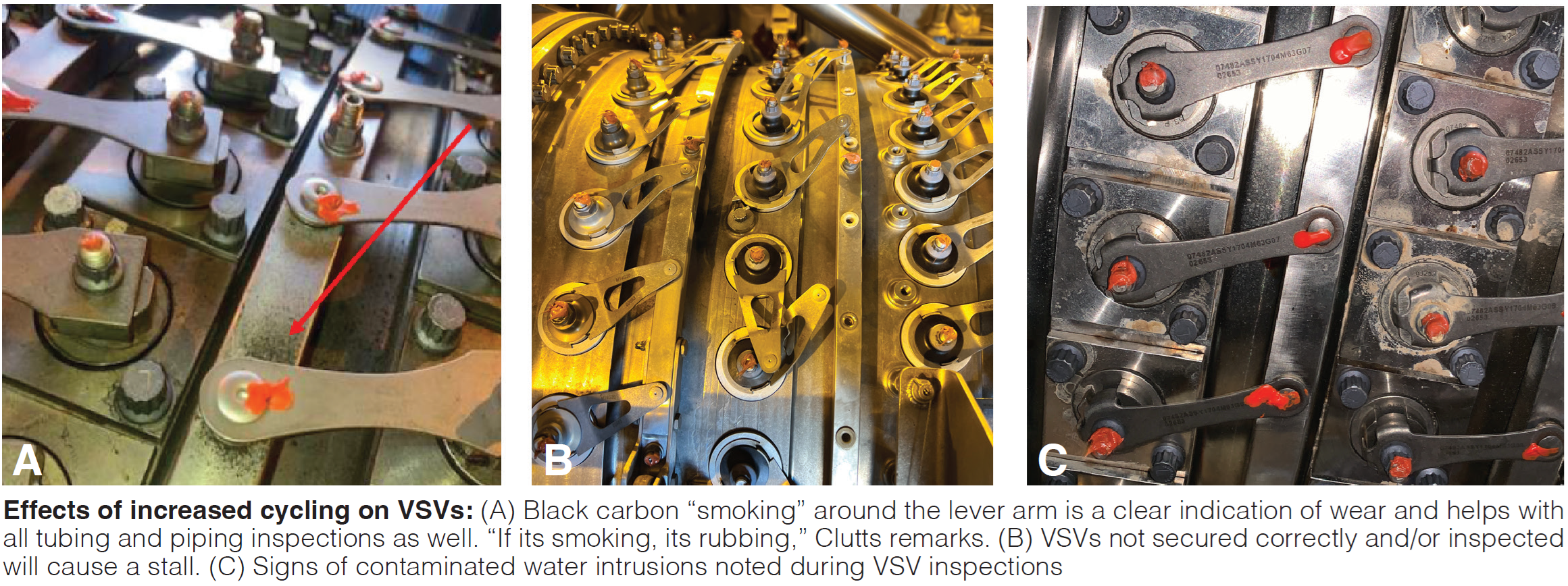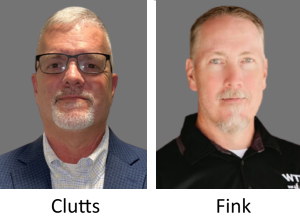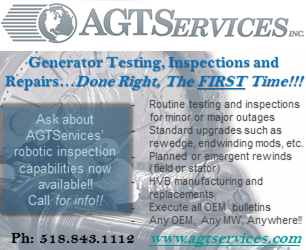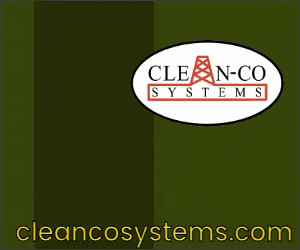The gas turbine industry is at a critical juncture. With increasing operational demands, workforce shortages, and evolving maintenance challenges, ensuring the reliability and efficiency of aeroderivative gas turbines, particularly dispatchable assets like the LM6000 and LMS100 fleets, has never been more vital. Luckily, some creative outfits are adapting to the new paradigm with the right mix of proficiency and flexibility.
Allied Power’s (Baton Rouge, La) expertise and innovative solutions are addressing these issues head-on, offering end users a path to improved operations and maintenance. For many of our readers, just a sidenote: The Allied Power mentioned here is not the famed Houston GT component repair shop, Allied Power Group. CCJ editors had the opportunity to sit down with John Clutts and Dave Fink to discuss fundamental challenges facing the industry, effects of cycling on turbine components, and comprehensive offerings to ensure operational excellence.

Key challenges in the gas turbine industry
Escalating operational demands. Gas turbines are increasingly tasked with supporting grid stability through load-following operations, leading to more frequent starts, stops, and rapid load changes. This operational profile accelerates wear on components, reduces maintenance intervals, and necessitates a proactive approach to asset management.
Workforce shortages. The industry has witnessed a significant loss of experienced field engineers and technical advisors over the past decade. As Clutts notes, “Eighty to ninety percent of the experienced GE field guys that did installation and commissioning during the GT boom of the early 2000s have left the company. This creates a knowledge gap that makes it challenging to support the new units coming online.” Many end users are understaffed, resulting in missed inspections and suboptimal outage management.
Knowledge silos. Organizations often suffer from compartmentalized knowledge. Maintenance, engineering, and operations teams fail to share critical information, resulting in incomplete outage planning and inefficiencies. Clutts explains, “If you don’t know the history of an individual package, it’s difficult to prepare adequately for an outage.”
Effects of cyclic operation on key components
Cyclic operation presents significant challenges for the LM6000 and LMS100 fleets, resulting in accelerated wear and decreased reliability across critical systems, some of which are discussed below.
High-pressure compressor (HPC). The frequent movement of variable stator vanes (VSVs) leads to significant wear on parts like bushings, hydraulic actuator guides, and rub buttons (Figure). Additionally, the inner and outer shrouds in Stages 2 and 3 of the compressor face increased wear, leading to a shortened operational lifespan.
Combustor. The thermal barrier coatings (TBCs) in the combustor are particularly vulnerable to rapid temperature changes, which cause cracking and spalling. This degradation heightens the risk of inner liner failure. Similarly, nozzles and swirlers experience increased stress and wear during frequent start-stop cycles.
High-pressure turbine (HPT). The outer shrouds in Stages 1 and 2 of the high-pressure turbine are susceptible to cracking and material loss. Blade tips and trailing edges are also compromised by thermal cycling, which exacerbates erosion and impacts efficiency and overall performance.
Auxiliary systems and balance of plant (BOP). Frequent cycling reduces the lifespan of variable geometries and auxiliary skids, leading to decreased reliability of the overall plant system.
Meet John Clutts and Dave Fink
Clutts is the company’s regional project manager for the desert southwest, a hotbed of activity in deploying dispatchable aeroderivative gas turbine assets. Ready for a double-take? His team has performed 87 “over-the-wall” LMS100 engine swaps in the past 8 years.
His professional journey began in the US Army, working in aviation and the Apache training brigade, gaining experience with aircraft engines and maintenance. After military service, he transitioned to Iraq for two years, focusing on fuel distribution systems, engineering processes, and constructing large-scale fuel tank facilities.
Subsequently, he pursued an aerospace technology degree from the National Aviation Academy. This credential launched a career with GE, initially in services before transitioning to installation and commissioning for 17 years. They progressed to leadership roles, including lead and site manager, and ultimately served as the installation and commissioning excellence manager for GE worldwide.
This role entailed extensive contributions to the OEM training program where he spearheaded development and implementation of GE’s training curriculum for alignment, installation, and commissioning, as well as comprehensive manuals still in use today. Notably, Clutts credits teamwork, highlighting contributions from colleagues who continue to collaborate with them.
Fink, Allied’s aero controls manager, is best known to CCJ readers as the session chair for WTUI’s LM6000 engine roundtable. He most recently spent nine years as I&C technician and operator at Onward Energy’s Fountain Valley (Colo) facility and was responsible for maintaining the six-unit LM6000 peaking plant, along with CEMS maintenance and reporting.
Dave’s power-generation career includes six years as an electrician’s mate in the US Navy on a nuclear fast attack submarine. Plus, operations at Fuel Cell Energy’s first utility-size fuel-cell test project in Santa Clara, Calif, and 10 years as I&C technician at Calpine Corp’s Gilroy facility—at the time operating a 1 × 1, 7EA-powered combined cycle unit and three LM6000 peakers.
Earlier, Dave spent eight years with FW Marsh LLC supporting GE with the commissioning and field service of aero gas turbines, including four years as a technical writer for LM6000 product bulletins.
The need for a broad range of specialty services
Allied Power has developed a robust portfolio of services to address these challenges, combining technical expertise with a deep commitment to customer-centric solutions.
Customer-centric borescope inspections are a cornerstone of their service offering. As Clutts emphasizes, “We use an industry-leading menu-driven inspection process that not only identifies issues but also serves as a training opportunity for customers.” These inspections feature real-time feedback via external monitors, enabling clients to observe and learn as engineers explain findings in detail.
Pre-outage inspections. Comprehensive reviews identify potential issues before they escalate, streamlining outage planning and minimizing downtime. This proactive approach ensures smoother operations and cost savings.
Detailed package inspections. Weekly or monthly inspections tailored to site-specific needs help maintain operational integrity and identify early warning signs of component failure.
Engine and package familiarization course is a four-day training program consisting of three days of classroom instruction and a full day of hands-on package walkdowns. Fink notes, “Our training immerses participants in real-world scenarios, equipping them with the knowledge to perform effective daily inspections.”
On-site training is tailored to the specific needs of a facility centered on building operator confidence and expertise in alarm monitoring, system diagnostics, and best practices for optimizing performance.
Expert outage management and oversight. Outage services are designed to eliminate inefficiencies and ensure seamless execution. Coordinated outage scopes manage communication between stakeholders, ensuring alignment and timely execution. Daily POD (plan-of-the-day) and EOD (end-of-day) reviews ensure that all aspects of an outage are tracked and adjusted as needed.
Filling workforce gaps with experienced personnel consists of routine site visits and fulfillment of staffing gaps, ensuring that critical inspections and maintenance are not neglected. Cross-training initiatives promote cross-functional knowledge sharing, Allied Power helps end users reduce reliance on external contractors.
Troubleshooting with technology and experience. Remote and on-site diagnostics quickly identify root causes through comprehensive trend analysis and system history reviews. As Fink highlights, “We often solve problems remotely, saving clients days of downtime.” Building on growing operating experience allows for tribal knowledge integration to address recurring issues with tailored, effective solutions.
Innovating for the future
Looking ahead, Allied Power is committed to advancing the reliability and performance of the LM6000 and LMS100 fleets. By addressing workforce challenges, improving training, and enhancing inspection and maintenance practices, they are contributing new standards for operational excellence.
Fink captures the ethos of Allied Power’s approach: “We want the customer to be as educated as possible about their unit. That not only helps them, it helps us.” Clutts adds, “If it comes down to the end user or the turbine, we will always side with what’s best for the turbine.” CCJ









